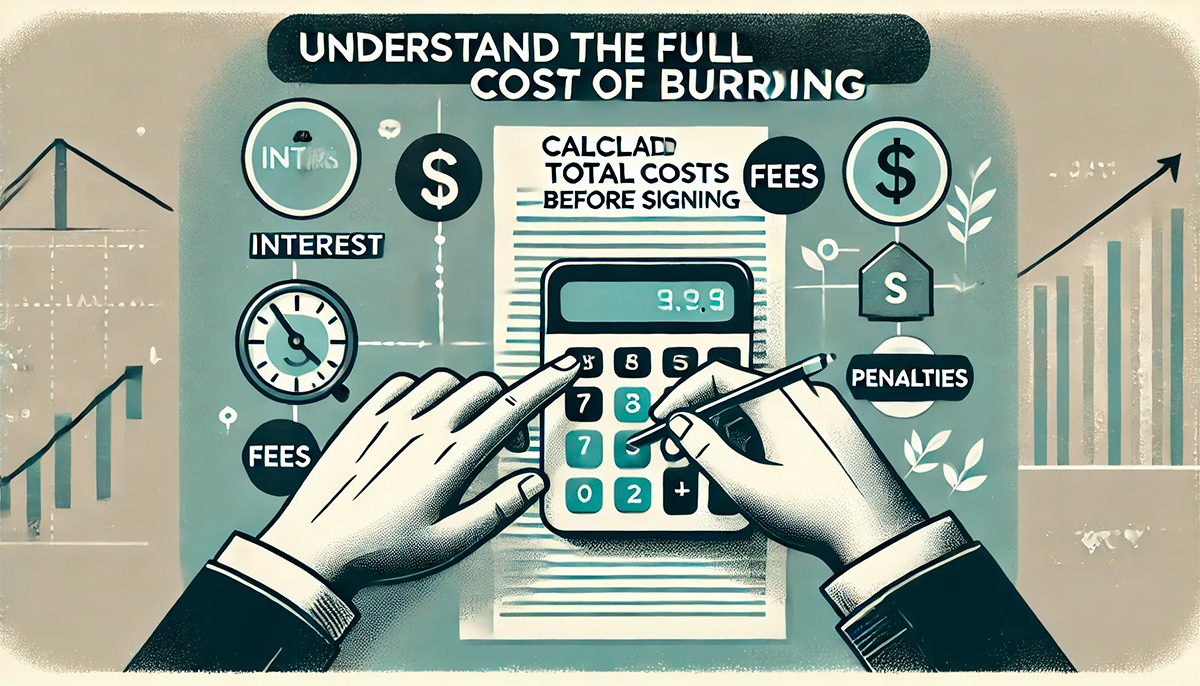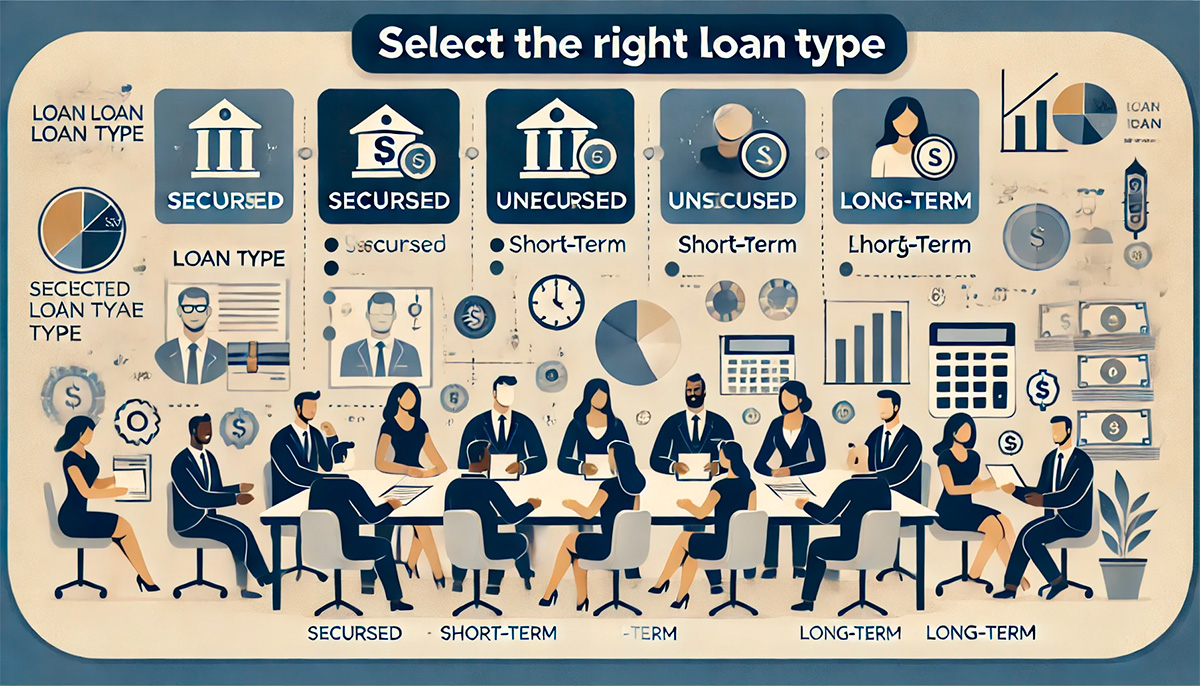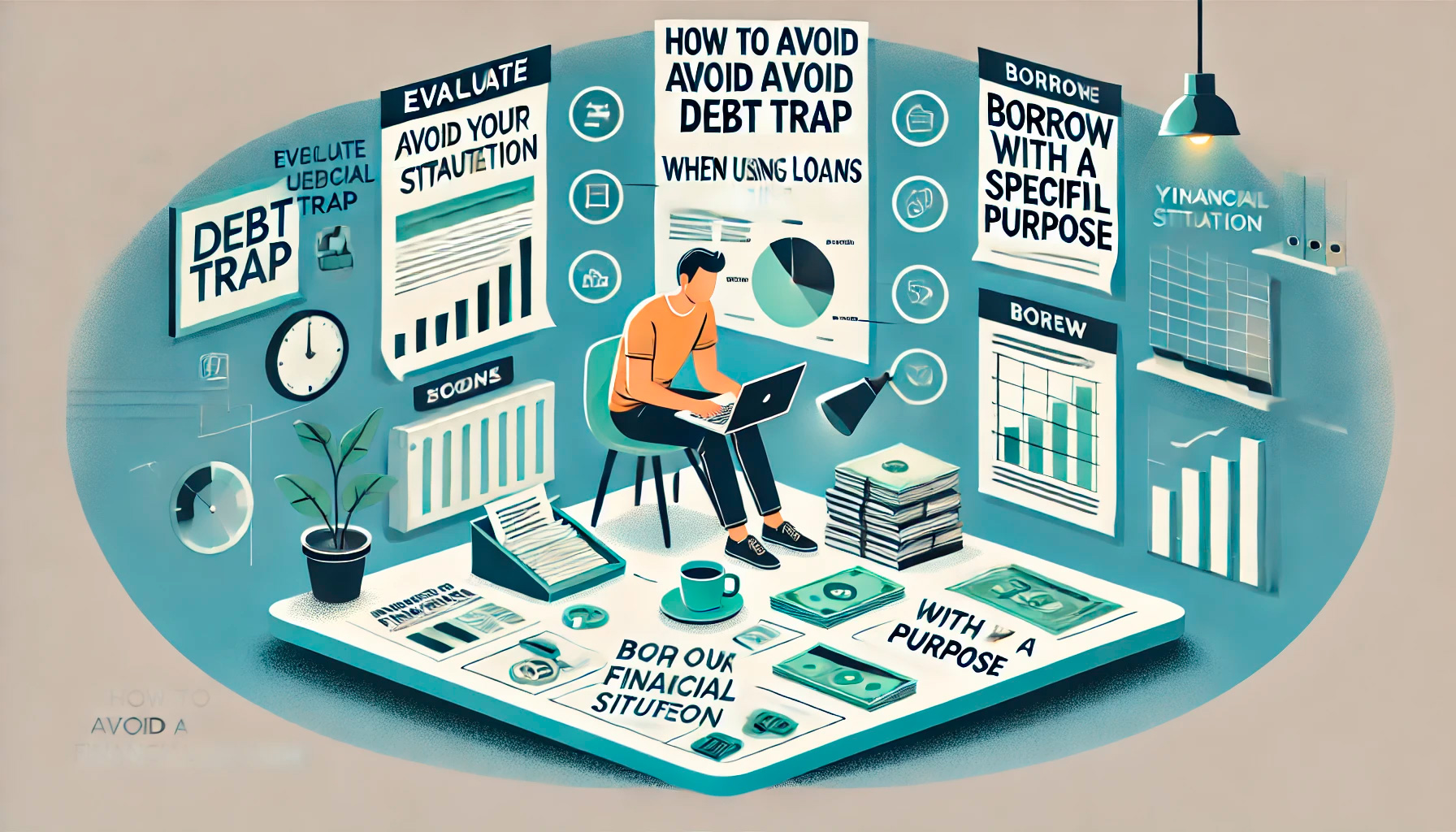Loans can be a powerful tool for achieving financial goals or solving short-term cash flow problems, but mismanagement can lead to a debt trap. With careful planning and a clear understanding of loan terms, you can avoid common pitfalls. This guide will walk you through the essential steps for using loans responsibly and preventing debt from becoming overwhelming.
Evaluate Your Financial Situation Before Borrowing
One of the most important steps in avoiding a debt trap is assessing whether borrowing is necessary. You should only consider a loan if it’s crucial to your financial goals or immediate needs. Carefully evaluate how much you need and avoid the temptation to borrow more than is required, as this can lead to excessive interest payments and long-term debt issues.
Tip: Make a detailed budget that outlines your exact financial requirements. This way, you can ensure that you borrow only the amount needed to cover your expenses.
Select the Right Loan Type
Understanding the type of loan that best fits your needs is key to avoiding a debt trap. Loans vary widely in terms of interest rates, repayment periods, and terms, so choosing the wrong type of loan can make repayment difficult. Assess whether a short-term or long-term loan, secured or unsecured, fits your current financial situation and goals.
For example, secured loans generally have lower interest rates because they require collateral, while unsecured loans, though easier to obtain, often carry higher interest rates. Similarly, short-term loans may seem attractive for quick needs but can come with significantly higher interest rates if not repaid quickly.

Understand the Full Cost of Borrowing
When considering a loan, it’s essential to look beyond the monthly payment. Borrowers often make the mistake of focusing on how much they can afford each month, without calculating the overall cost of the loan over time. This includes not only interest but also fees, such as origination fees, late fees, and prepayment penalties.
Tip: Use loan calculators to understand the total repayment cost, including interest and fees, before signing any agreement. This will help you make an informed decision based on the long-term financial commitment.
Create a Realistic Repayment Plan
Before taking out a loan, develop a clear plan for how you will repay it. This plan should factor in your current income, essential expenses, and any potential changes in your financial situation. Avoid taking on debt that will consume a large portion of your monthly income, as this can leave little room for emergencies or unexpected expenses.
Key Advice: Aim to allocate no more than 30-40% of your income toward debt repayment. This leaves enough flexibility in your budget to manage other expenses while still making regular loan payments.
Avoid Using Loans to Consolidate Debt Without a Plan
Debt consolidation can be a useful tool for simplifying repayments and lowering interest rates, but it’s not a quick fix. Consolidation should only be considered if it helps to create manageable payments and doesn’t encourage further borrowing. Without a solid repayment strategy, consolidating debt can lead to even more financial trouble.
Warning: Consolidating without addressing the root causes of your debt can lead to higher borrowing in the future, making the debt cycle even more difficult to escape.

Borrow with a Specific Purpose
One of the major risks of falling into a debt trap is borrowing without a clear, defined purpose. Loans should only be used when they directly support your financial goals, such as starting a business, investing in education, or addressing emergency needs. Avoid using loans for non-essential expenses, such as luxury items or vacations, as this can quickly lead to unmanageable debt.
Tip: Set a clear objective for each loan and stick to it. Don’t allow yourself to borrow “just in case” or use funds for unrelated expenses.
Reassess Your Loan Regularly
Your financial situation and the broader economy can change over time, so it’s important to regularly reassess your loan terms and overall financial health. This might include refinancing a loan to take advantage of lower interest rates or restructuring payment plans if your income has changed.
Actionable Steps: Explore refinancing options, especially if your credit score has improved or interest rates have dropped. This can help reduce your monthly payments or total interest costs over the life of the loan.
Conclusion: Responsible Borrowing for Long-Term Financial Health
Avoiding a debt trap requires thoughtful planning, careful selection of loan types, and an ongoing commitment to managing your finances responsibly. By ensuring you fully understand the costs involved, setting realistic repayment plans, and only borrowing with a clear purpose, you can use loans as a tool for growth without risking long-term financial harm.
With careful management and regular reassessment, loans can serve as a beneficial part of your financial strategy, rather than a burden. Stay informed, stay disciplined, and avoid the temptations that lead to a cycle of debt.

